Pasadena’s Rose Bowl stadium in Los Angeles has hosted some pretty famous events over the years. From the Olympics to the World Cup, American Idol and Peace Sunday, the Rose Bowl is much more than a yearly college football game. Adding another impressive event to the long list, Pokemon Go Tour returned to the venue last month to celebrate all things Unova. The fourth annual in-person Go Tour saw tens of thousands of trainers take over the stadium and its adjacent golf course for three days of catching, trading, and an absurd amount of cardio.

Related
I Finally Got My First Zygarde Cell In Pokemon Go And I’m Completely Underwhelmed
18 months late to the party, I can see that I didn’t want to be here after all.
The in-person event, which preceded the Global Go Tour that kicked off the following weekend, was the biggest and most impressive of its kind yet. I attended on Sunday and spent the whole day hunting shinies, doing raid battles with Kyurem, and gawking at its many elaborate photo ops. I also sat down with Niantic’s events marketing manager, Angela Ferguson-Martins, to learn all about the behind-the-scenes work that goes into planning such a large-scale Pokemon Go event.
A Bigger Better Go Tour
While this was Go Tour’s second trip to the Rose Bowl, following last year’s Pokemon Go Tour: Sinnoh, attendees of the three-day event arrived to find a more fleshed-out set-up this time around, with more activities and attractions to enjoy throughout the stadium andBrookside Golf Course, which is where most of the festivities took place.
This year marks the first time Niantic has built out all four of its in-game habitats for Go Tour. While the Hoenn event featured three, this year’s attendees were able to explore different sections of the park that represent each of the four seasons – summer, spring, autumn, and winter – both in-game and in reality. As you moved from one habitat to another the available wild Pokemon would change, giving players an incentive to explore the entire park.
The four seasonal forms of Deerling would only appear in their corresponding habitats during the event, which was a great way to tie the seasonal theme into real world exploration.
As players traveled between each habitat, they’d discover a variety of activities, photo opportunities, and giveaways to partake in . The first stop directly outside the stadium concourse is either Summer Vacation or Autumn Masquerade, depending on which direction you want to go. In Summer, trainers could play a variety of carnival games, snack at several different food trucks, or even ride a Ferris Wheel. Autumn Masquerade featured an incredible pumpkin-themed display for photos, alongside the information and tech booth where players could pick up team wristbands and keychains.
How Go Tour Evolves
That split between Summer and Autumn was just one of several layout changes compared to last year’s event, which also included tapering the back end of the play space to keep things more contained. Ferguson-Martins says a lot of the adjustments this year came directly from player feedback. “I read so many Reddit threads and X comments that I didn’t want to read,” she says with a laugh. “It’s a little bit of self-torture, but we got really great feedback that players would rather re-prioritize their time and get everything a little more condensed, so that’s exactly what we did.”
Ferguson-Martins says designing the layout for 2025’s Go Fest was like solving a giant puzzle. Across the four habitats were close to a dozen power bank stations, a hydration station, five restrooms, various artist, celebrity, and character meet-and-greet tents, walk-through photo ops, team lounges, and more. There’s a lot going on, and it must fit and flow together in a way that compliments trainers’ play patterns while ensuring good network coverage and continuity with the in-game experience. “I swear we reorganize things like 20 times before we come to a decision,” she says.
Every detail has to be carefully considered, even small touches that might not occur to players. Ferguson-Martins says the Ferris wheel is a great example of that. “We wanted to make sure that trainers who were waiting in line for the Ferris Wheel all clumped together weren’t losing connectivity,” she says. “You have to think about trainer flow and how you’re getting from point A to point B in your weekend.” While some in-person Pokemon Go events have struggled with connectivity issues in the past, Niantic works with local carriers like T-Mobile and AT&T to ensure the networks can support the specific needs of each event.
So Much To Do, So Little Time
One of my favorite activities across the weekend was a series of Timed Research Assignments based around Thundurus, Landorus, and Tornadus. Players were presented with a clue about a Pokemon – usually details from its Pokedex entry – then had to find and spin the Pokestop with the Pokemon’s picture on it.
Ferguson-Martins says this activity was inspired by the side quests in Legends: Arceus that had you searching for Pokemon with specific characteristics. “It’s fun for those trivia fans and people who want to get to know their Pokedex a little better,” she says. “I just like the idea of learning more about my Pokemon, what they like, what they don’t like. It’s fun to get a little bit nitty-gritty about each Pokemon.”
I got a serious workout searching for all those Pokestops across the venue, while also grinding raids for fusion energy and hunting shinies (biggest score: Shiny Hilda’s Hat Pikachu). Fortunately there were plenty of opportunities for pit stops along the way. One of the coolest could be found in Winter Caverns: a chilly walk through a crystal-laden cave, complete with a snow machine and snowmen wearing all three team colors at the entrance.
I also made frequent stops at the team lounges, which were the event’s main trading hubs. A host on a loudspeaker would shout out Pokemon that players were looking for in hopes of facilitating a trade. Late in the afternoon these lounges hosted Pokemon trivia games for exhausted trainers.
Bringing Players Together
In-person events like Go Tour and Go Fest are great reminders that the community is what makes Pokemon Go so special. Back in the Spring Soiree, just past the flower garden photo ops color-coded for each team (never a line for Team Instinct, sorry Yellows), sat a huge community map where players could leave a pin to represent where they traveled in from. While Los Angeles had the heaviest concentration of pins, there were groups of pins in almost every country and continent in the world. Pokemon Go isn’t a hot new game anymore, and many believe it’s passed its prime, but when you’re at an event like this, surrounded by thousands of excited players from all over the world, it still feels like an incredibly special game to be part of.
Ferguson-Martins says capturing that feeling is what Go Tour is all about, and this year’s Unova event leans into a specific type of Pokemon Nostalgia. Like current-day Pokemon Go, Black & White came out years after the initial Poke-mania had died down. As a kid playing Pokemon for the first time, Ferguson-Martins felt a little bit isolated from other fans. “It was kind of the thing I had to myself,” she explains. “But now I’m an adult and I come here with tens of thousands of other people who also played Black & White the day they released. They also picked Oshawott as their first partner Pokemon. There’s something really beautiful about bonding over that nostalgia. You literally can’t get that anywhere else.”
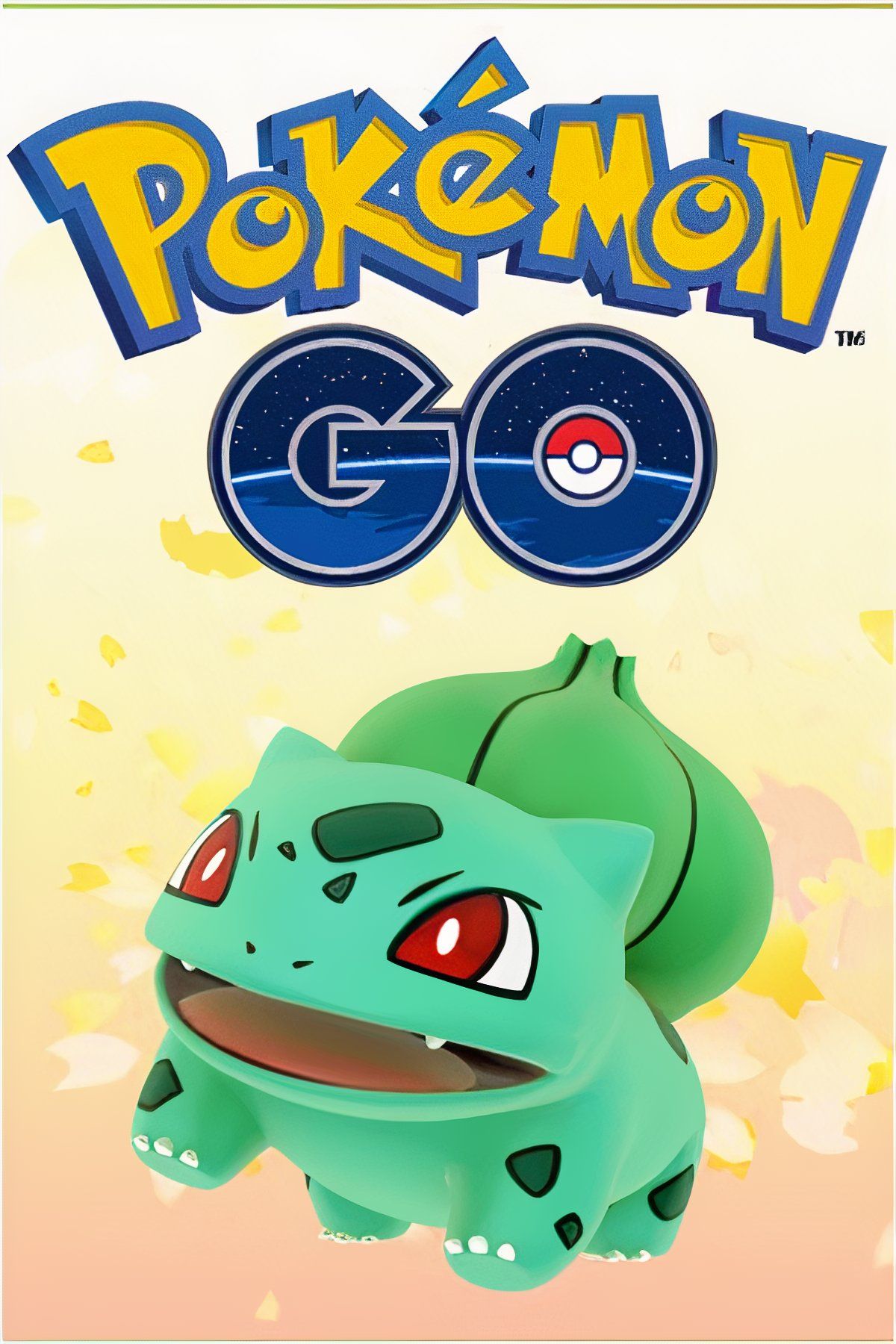
- Released
-
July 6, 2016
- ESRB
-
e
- Developer(s)
-
Niantic, The Pokemon Company
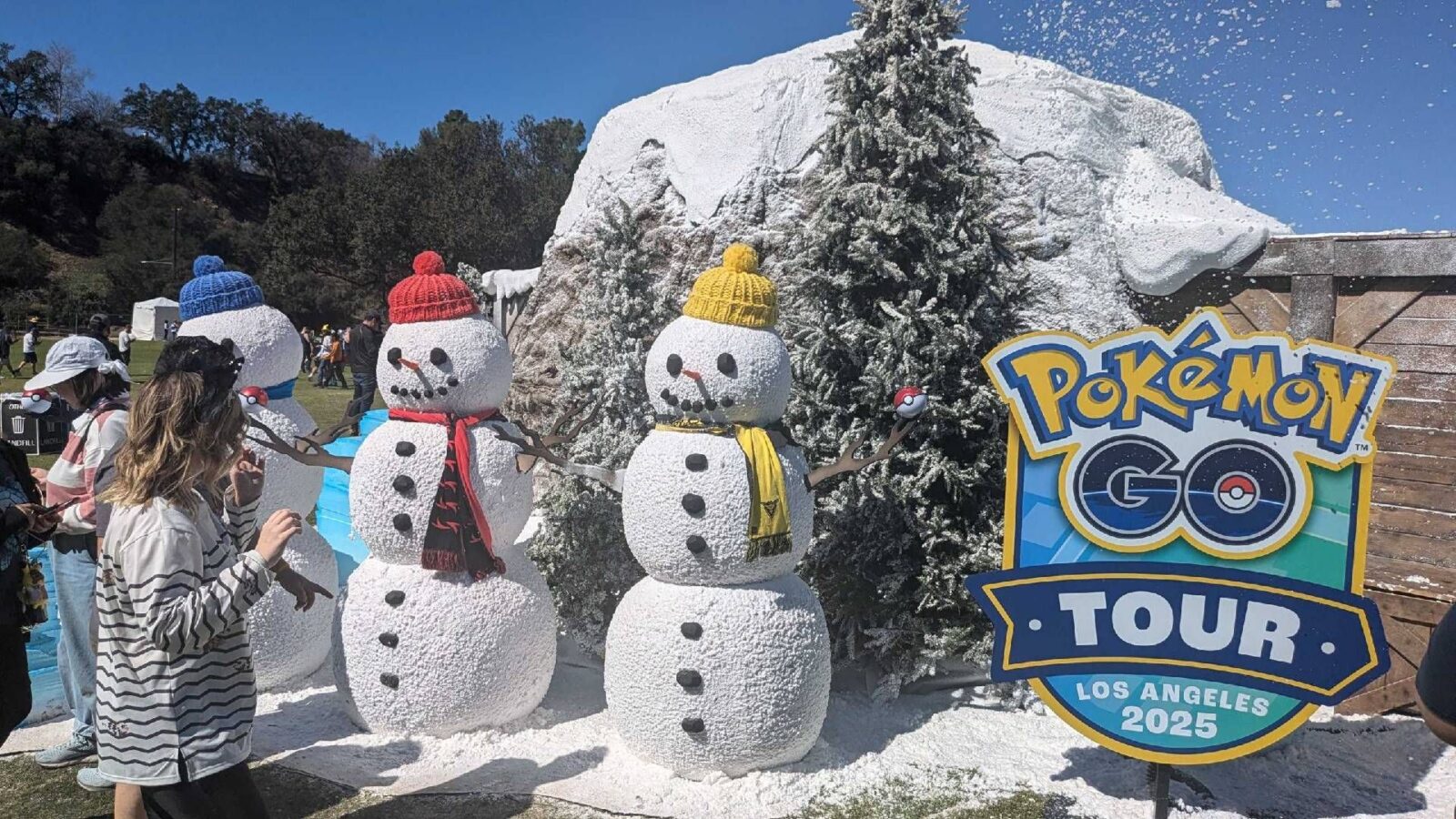
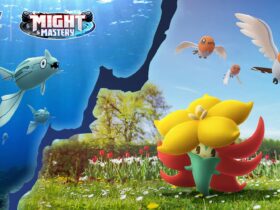




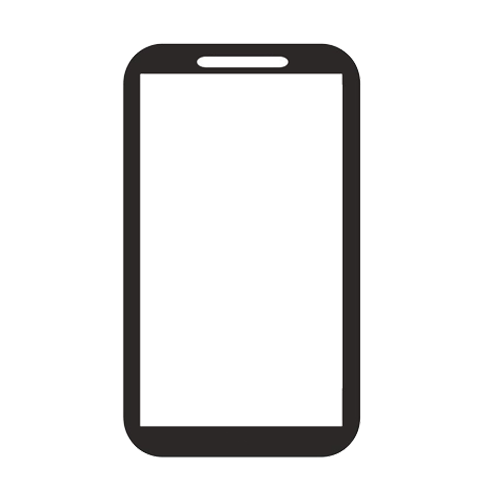



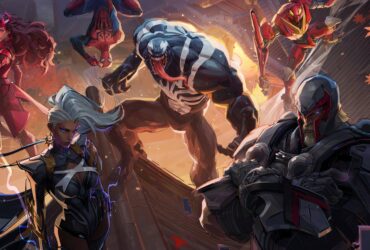


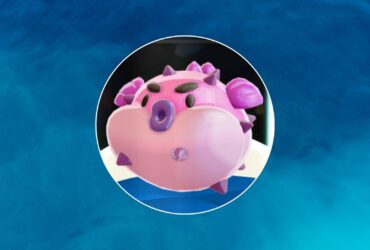
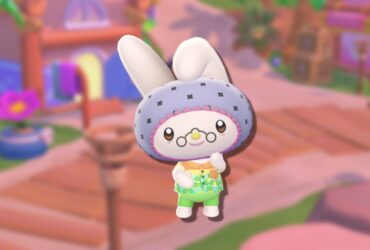
Leave a Reply